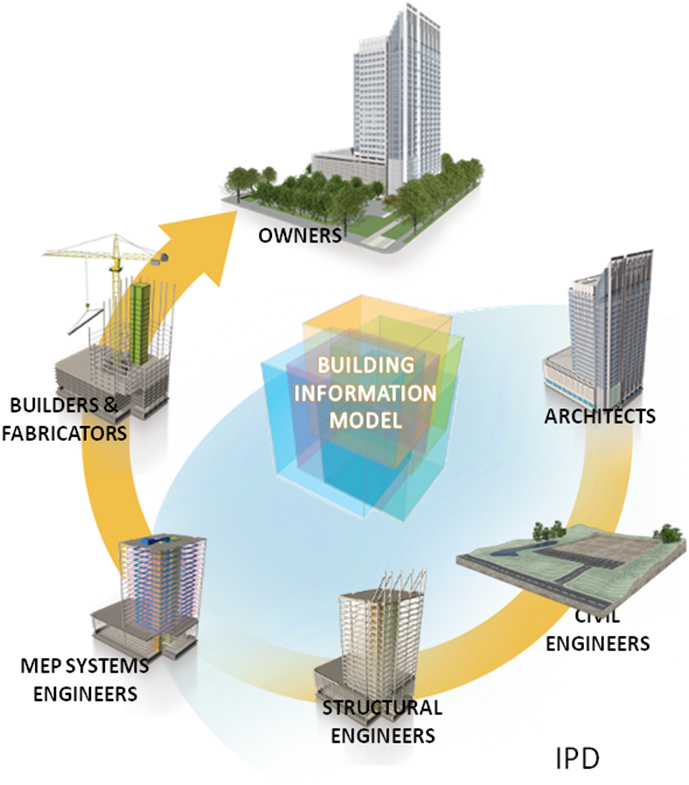Building Information Modeling (BIM) is emerging as a transformative technology that greatly enhances construction company’s built assets and infrastructure and provide a significant boost to their profit.
BIM is a digital 3D model-based representation for the complete physical and functional characteristics of a construction project. The workflow and thought process differs from AutoCAD since the BIM software handles more than just graphics.
A BIM model contains information on design, construction, logistics, operation, maintenance, budgets, schedules and everything else involved with the project. The abundance of information contained within the model allows for a more accurate analysis than traditional processes and has options to integrate large quantities of data across several operations throughout the building’s lifecycle.

When you use BIM it creates a more efficient workflow along with several other benefits that save money. One of the ways you cut costs with this modeling is through its potential to minimize the need for rework, such as re-keying information into models or making adjustments in the field. As you become more proficient using the technology, the opportunities to improve overall productivity are more evident. This Hong Kong bridge project reduced their constructions costs by 12 percent using BIM.
Productivity Gains
Productivity gain is one of the greatest benefits of using BIM and is usually the top metric organizations are looking to improve when they decide to start using the technology. BIM is able to increase productivity in the following ways:
-
- Minimise Project Management. With BIM you stay updated on even the slightest change. People not being aware of changes to a draft won’t happen. Everyone involved in your project from the architects to the construction managers are always updated with the latest changes to the project design. This makes coordination and project management a lot easier when you use this technology.
- Foster Communication. BIM offers incredible flexibility when it comes to communicating designs so everyone understands the project. You can show your client or your colleague a design in a technical or interactive format. From your accrued costs the the virtual model, you can present all of your information in a concise way. This can greatly speed up communication as well as give confidence that your project is on track.
- Identify Errors Early. BIM can save you from the nightmare scenario of moving a project into the construction phase and then afterwards realizing there is a flaw in its design. This model has automatic clash detection. Detecting clashes before moving to the next phase will save you a lot of time and money.
- Reduce Rework. With the ability to visualize design options using BIM it makes it easy and quick to validate options against your key performance criteria. Reduced rework, shorter project duration and lower overall construction costs are guaranteed.
- Reduce Costs. Using BIM means less risk and reduced costs for contractors, owners, engineers, and designers. Everyone is able to monitor the project simultaneously which in return increases efficiency. This means that each member of the project team can accomplish more work in a shorter amount of time.
- Improve Quality. BIM supports the entire building lifecycle process, from its inception design to its construction to its future demolition. You essentially have a model or document for each phase of your project. You have the ability to optimize aspects like material usage and labor deployment to ensure efficient design and construction processes.

A recent article was published by The Business Post on the Digital Construction Summit which was held on 7 March 2018. BIM was perhaps the most discussed topic in the article. It is clear to see why it is so important with regards to saving costs on planning and construction.
Danielle Dy Buncio, founder and president of VIATechnik, Chicago, USA, said: “BIM is the foundation of so many other technologies.” She said that there is improvement across the board within the construction industry when BIM is implemented. She said the biggest improvements were in the areas of communication and improved ability to plan construction phasing and logistics. She says “This is huge.” “So much of construction does things for the first time in reality. Any other industry practices before they do it in real life. That route will not be taken anymore.” Each phase of the logistics is planned with BIM before it is implemented, saving time and money.
